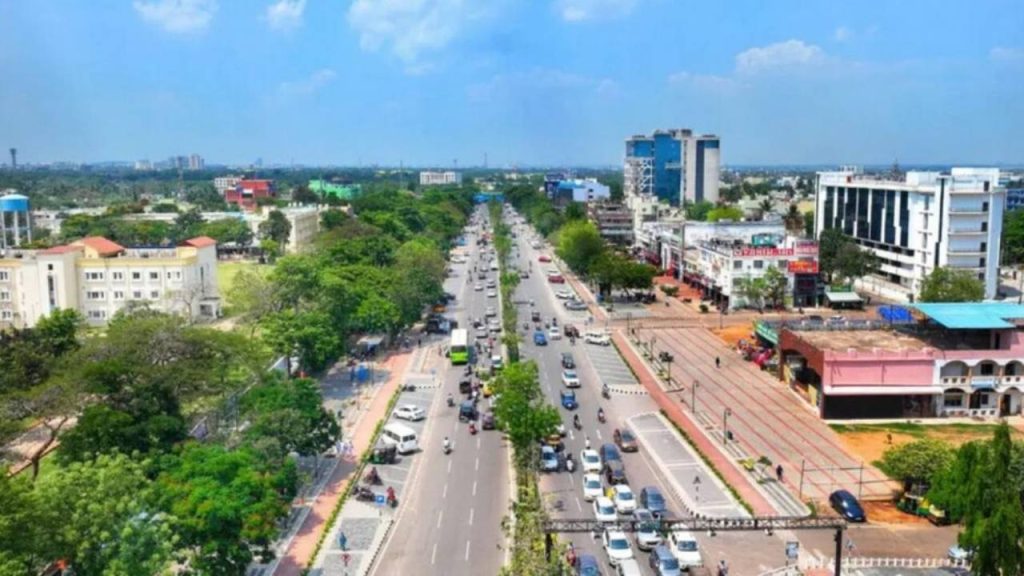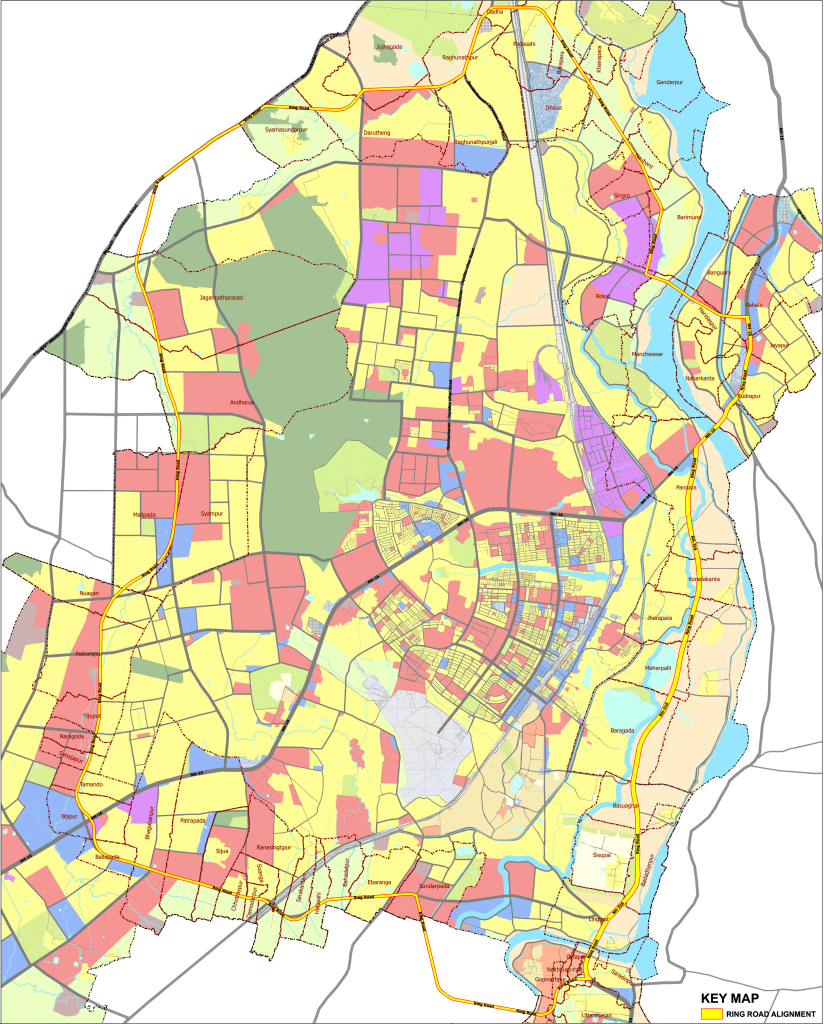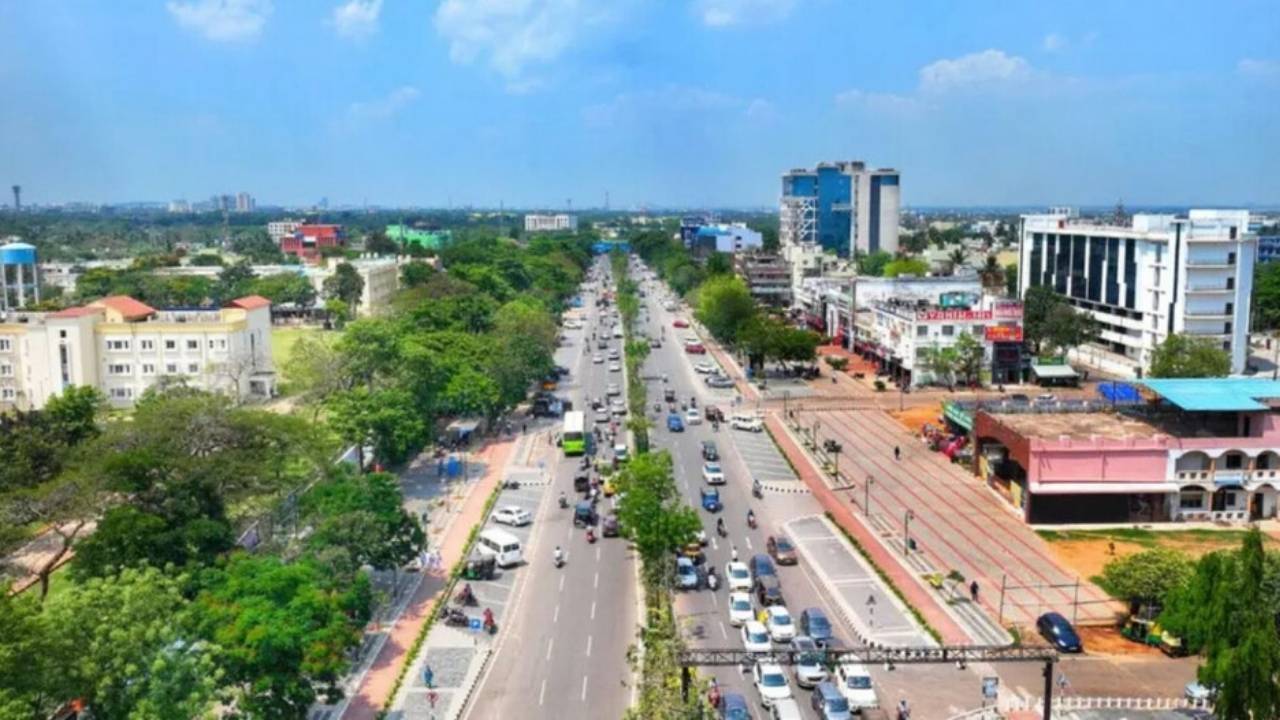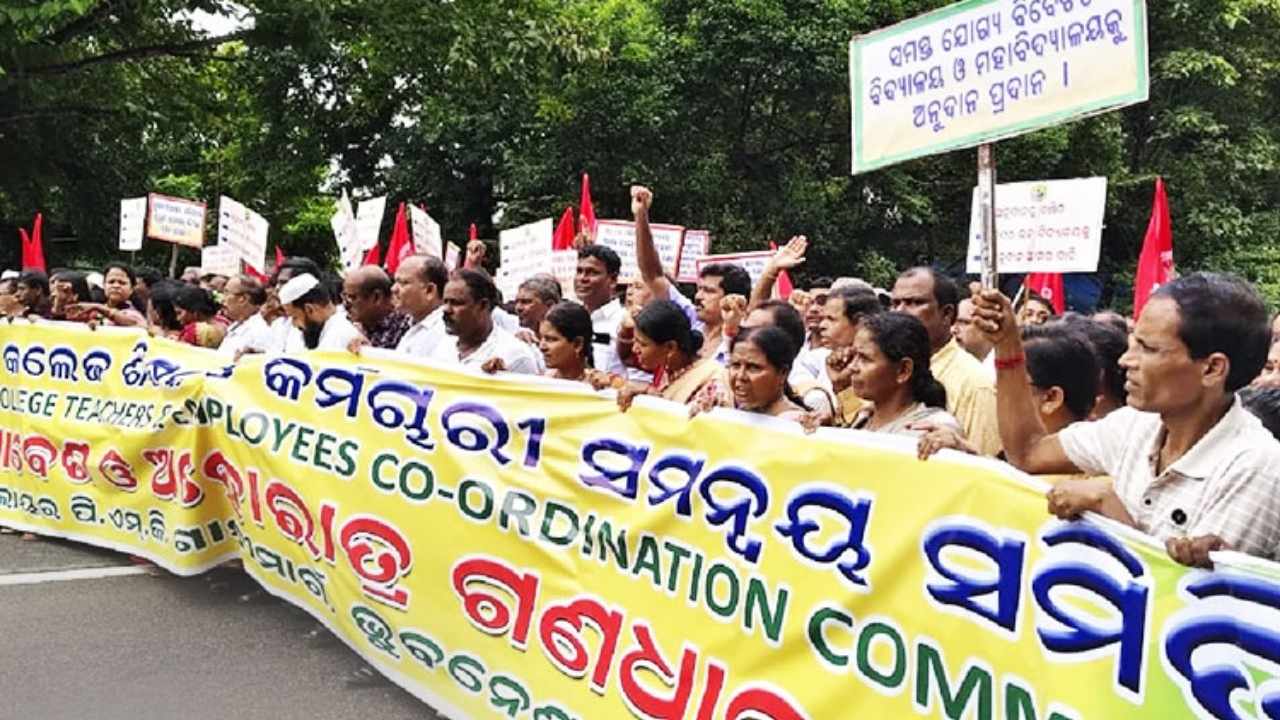BHUBANESWAR, India – The Government of Odisha has identified a substantial tract of land on the outskirts of the state capital for the development of a new satellite city to boost Bhubaneswar, a strategic move aimed at alleviating population pressure and promoting structured urban growth. The planned city is envisioned as a modern, self-sustaining hub designed to accommodate future expansion and drive economic activity in the region.

New Satellite City to Boost Bhubaneswar
| Key Fact | Detail / Statistic |
| Project Goal | Decongest Bhubaneswar and create a planned urban center. |
| Land Area Identified | Approximately 1,200 acres (around 485 hectares). |
| Lead Development Agency | Bhubaneswar Development Authority (BDA) |
| Projected Population | Designed to accommodate over 100,000 residents initially. |
Strategic Location for Urban Decongestion
State officials have pinpointed a contiguous land parcel of over 1,200 acres spanning across the villages of Gothapatna, Raghunathpur, Madanpur, and Kalarahanga. This area, located near the Infocity-II IT hub, was selected for its strategic position and potential for integrated development. The initiative is a direct response to the rapid urbanization and population growth that Bhubaneswar has experienced over the past two decades.
“Bhubaneswar is one of the fastest-growing cities in India, and this expansion brings both opportunities and challenges,” said an official from the state’s Housing and Urban Development Department in a recent statement. “A satellite city is no longer a choice but a necessity to ensure sustainable living standards and prevent the haphazard growth that plagues many metropolitan areas.”
The project is a core component of the state’s long-term Odisha urban development strategy. By creating a new population and economic center, the government aims to reduce the strain on the capital’s existing infrastructure, including transportation, housing, and public utilities.

A Blueprint for Modern Urban Living
The Bhubaneswar Development Authority (BDA), the nodal agency for the project, is tasked with preparing a comprehensive master plan. According to preliminary details shared by the BDA, the satellite city will be developed with a focus on modern infrastructure and sustainability. The plan incorporates dedicated zones for residential, commercial, institutional, and recreational purposes.
Key features of the proposed township include:
- Integrated Infrastructure: A well-planned network of wide roads, reliable power grids, and efficient water supply and sanitation systems.
- Green Spaces: Significant emphasis on parks, open spaces, and green corridors to ensure a high quality of life.
- Economic Hubs: Designated areas for IT parks, financial institutions, and commercial complexes to create local employment opportunities.
- Social Infrastructure: Provisions for schools, healthcare facilities, and community centers to make the city self-sufficient.
“The vision is to create a city within a city—one that is smart, green, and inclusive,” stated Balwant Singh, Vice-Chairman of the BDA, in remarks reported by local media. He emphasized that the development would follow international best practices in urban planning to avoid the pitfalls of unplanned expansion.
BMC Officers to Reach Out Directly in Every Ward: Major Governance Overhaul in Bhubaneswar
Odisha’s B-MAAN Scheme Soars as Bhubaneswar-Jharsuguda Flight Takes Off for the First Time
Cruise India Mission Launches Bold Plan: 4 Breathtaking River Routes Coming to Odisha
Economic Growth and Potential Hurdles
The development of the new city is expected to provide a significant boost to economic growth in Odisha. The construction phase alone is projected to generate thousands of jobs. Once established, the city is anticipated to attract significant private investment in real estate, technology, and services, further strengthening the state’s economy.
However, urban planning experts caution that large-scale projects of this nature face considerable challenges. The primary hurdle often lies in the land acquisition process, which must be handled with transparency and fairness to avoid disputes with local landowners.
Dr. Anjali Verma, a professor of urban planning at a leading Indian university, commented, “While the concept is sound, the success of the project will depend on meticulous execution. This includes ensuring environmental sustainability, providing affordable housing options to prevent it from becoming an exclusive enclave, and establishing robust public transportation links to the main city.”
The government has stated that it is developing a detailed rehabilitation and resettlement policy for any families that may be displaced by the project, though officials have noted that a significant portion of the identified land is already state-owned.
The next steps involve the final approval of the master plan by the state cabinet, followed by the initiation of the land acquisition and infrastructure development processes. The project timeline is ambitious, with the government aiming to complete the first phase of development within the next five to seven years.





